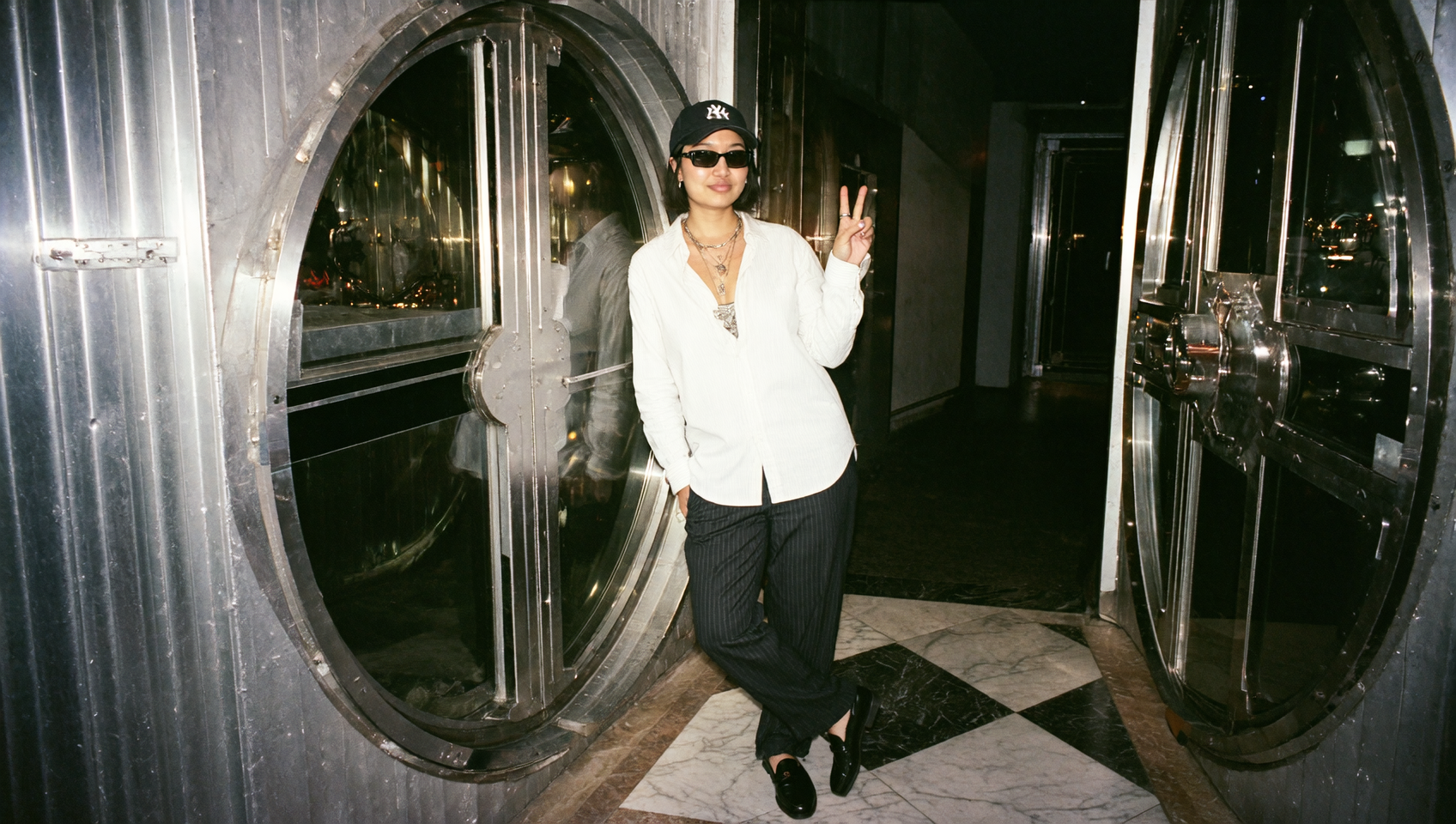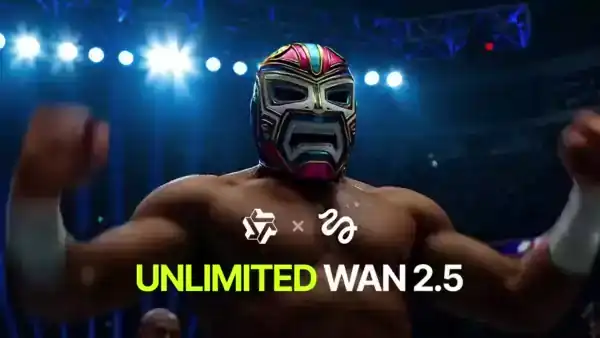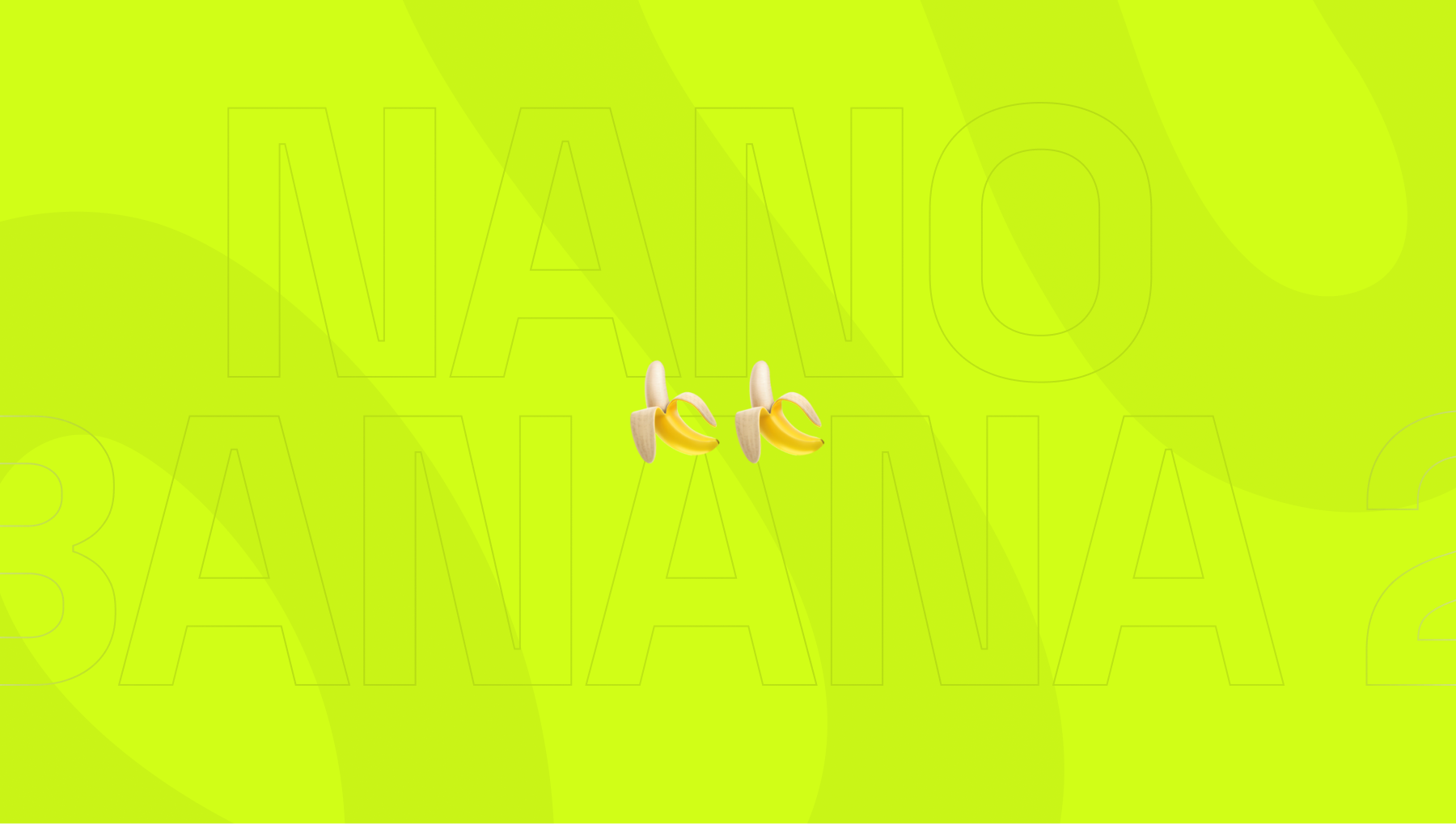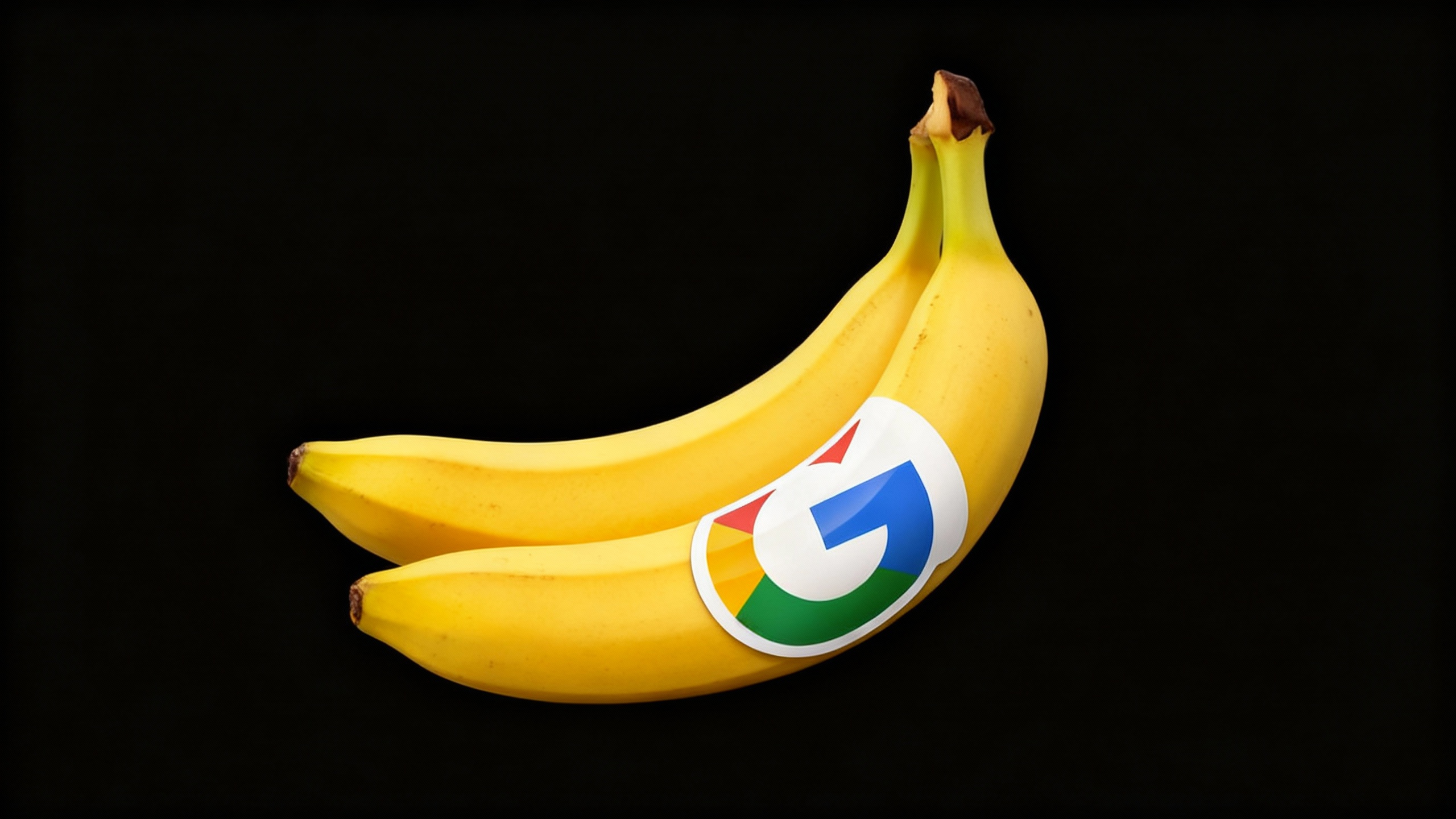The current trajectory of generative artificial intelligence is defined not merely by the speed of iteration, but by the accessibility of true semantic understanding.
The arrival of Nano Banana Pro (Google’s Gemini 3 Pro Image latest Image model) on Higgsfield is a comprehensive reimagining of how artificial intelligence interprets and renders visual information.
This review analyzes the technical advantages and practical implications of Nano Banana Pro, dissecting its core advancements and evaluating how its availability reshapes professional creative workflows.

Core Feature #1: Solving Typographic Paradox
One of the biggest frustrations with earlier image models was text. Nano Banana Pro is built to handle text as a first-class element inside the image. In practice this looks like:
Much clearer typography for short headlines and product names
Better letter structure for Latin characters (logos, labels, UI, packaging)
More stability when you regenerate variations with the same copy
This makes it far more practical for:
Ad concepts – mockups of social ads, banners, and OOH with readable taglines
Product packaging – realistic boxes, bottles, labels that actually show your brand name
UI & dashboards – screens, panels, and interface mockups where text is legible enough for presentation
Nano Banana 2 handles text in a way that makes the visual immediately understandable, which is what teams usually need at the exploration stage.

Core Feature #2: Strong Identity Control
Another notable improvement is how Nano Banana Pro handles faces – both fictional and recognizable. Earlier models often struggled with:
Symmetry and eye alignment
Subtle expressions and emotional nuance
Keeping the same identity across several generations
Nano Banana 2 is much more stable in these areas. It can render:
Consistent portrait angles (front, ¾, profile) that still look like the same person
Natural expressions – focused, smiling, neutral, serious – without turning uncanny
Recognizable public figures in a way that aligns with their visual identity
On Higgsfield, this becomes especially powerful when combined with the rest of the ecosystem:
You can generate a key portrait in Nano Banana Pro
Then move it into Popcorn for multi-frame storyboards
Or push it to video models for motion tests with the same identity
Important: the model is technically capable of generating famous faces, but responsible usage means keeping it in creative, editorial, or clearly fictional contexts, not in misleading or harmful scenarios. From a pure capability perspective, though, Nano Banana 2 is clearly positioned as a high-fidelity face engine suitable for campaigns, character work, and stylised storytelling.
Core Feature #3: The Strongest Visual Reasoning
One of its most interesting upgrades is the internal reasoning capacity – the ability to analyse and respond to information embedded inside the image itself.
This shows up in use cases like:
Math expressions written on a board, paper, or screen – the model can interpret the equation and generate an answer or a visual that respects the logic.
Diagrams, arrows, or structured layouts – it keeps elements in sensible positions instead of scattering them randomly.
Count-based instructions – such as “three cups on the table, two books on the shelf” – with much higher accuracy.
For creative and business workflows, this matters because you can now:
Create infographic-style visuals where numbers and relationships actually make sense
Build educational scenes (e.g., a student solving equations, whiteboard sketches) that reflect real content rather than random symbols
Prototype data-aware visuals for presentations and social content where the “story” in the image is coherent
In other words, Nano Banana 2 has a stronger grasp of structure, quantity, and logic, which is essential when you want images that communicate information correctly.

Core Feature #4: Best-in-class prompt following on Higgsfield
The biggest step forward, and arguably the core identity of Nano Banana Pro, is how closely it follows prompts. On Higgsfield, you feel this in almost every generation.
Where older models might gloss over details like:
“blue jacket, red shoes, black cap”
“left hand holding a cup, right hand pointing at the screen”
“background out of focus, foreground sharp, text only at the top”
Nano Banana Pro does a noticeably better job of respecting each part of the instruction. This higher “obedience” to the prompt does a few important things:
Reduces the number of iterations needed to get what you want
Makes complex scenes much more practical (multiple objects, roles, or actions)
Speeds up workflows for users who write structured prompts with clear constraints
For professional users, good prompt following equals predictability. On Higgsfield, Nano Banana Pro is positioned as one of the most reliable models when you need the model to actually do what you say, not an approximate interpretation.
Core Feature #5: Where Nano Banana Pro fits inside the Higgsfield workflow
On its own, Nano Banana Pro is a capable, prompt-accurate text-to-image model. Inside Higgsfield, it becomes part of a larger system:
Use Nano Banana Pro to design scenes with precise layout, readable text, and controlled identities.
Bring those frames into Popcorn if you want to expand them into storyboards with multiple shots.
Move selected images into video models (Sora 2, Minimax, Kling, etc.) to explore motion, atmosphere, and camera logic.
Combine with Face Swap, Instadump, or Soul ID when you need consistent characters or real people preserved across many outputs.
Because Nano Banana Pro can keep text legible, follow instructions closely, and respect structural detail, it often serves as a “layout and logic” stage in the pipeline:
Draft the visual logic in Nano Banana Pro (who stands where, what text appears, what objects matter).
Refine look, style, and realism with more specialised models if needed.
Extend to motion and editing through Higgsfield’s video and enhancement tools.
This layered approach is what makes it especially useful for teams: designers, marketers, and directors can all work from the same generated base without fighting chaotic inconsistencies.
Best Practical Examples
Ad mockups and social creatives
Headlines and taglines remain readable
Product placement, text position, and color accents follow instructions
Concept posters and covers
Character compositions, typography, and background elements stay aligned with the prompt
Educational and explainer visuals
Whiteboards, notebooks, or slides with equations or structured lists that actually match what you describe
Character-centric visuals
Stable identity across slight angle changes or different outfits
Ability to depict recognisable people in controlled contexts
In all of these, the common denominator is control – over text, over layout, over logic.
Step-by-Step Guide
Open your HiggsfieldAI platform. Navigate to the Create Image section.
Choose your input method. You can:
Write a text prompt from scratch, or
Upload an image as a reference and adjust the prompt around it.
3. Write a clear, descriptive prompt. Focus on:
Subject
Setting
Lighting
Mood
Key details or instructions
4. Click Generate. The system interprets the prompt, merges visual logic with internal reasoning, and produces the final image.
Conclusion
The latest Nano Banana’s strongest qualities can be summed up as next:
It handles text inside images in a way that makes UI, ads, and packaging mockups actually usable.
It renders faces and identities with stability, including well-known people when needed and used responsibly.
It brings visual reasoning into everyday workflows, understanding numbers, equations, and scene structure.
It offers one of the best prompt-following behaviours in Higgsfield’s image lineup, which directly translates into fewer retries and more reliable outcomes.
For creators, marketers, and teams working on Higgsfield, Nano Banana Pro is the model you reach for when the story, the structure, and the instructions matter just as much as the style.
Try Nano Banana Pro Now
Experience the next generation of image accuracy. Test Nano Banana Pro's reasoning power on Higgsfield.






